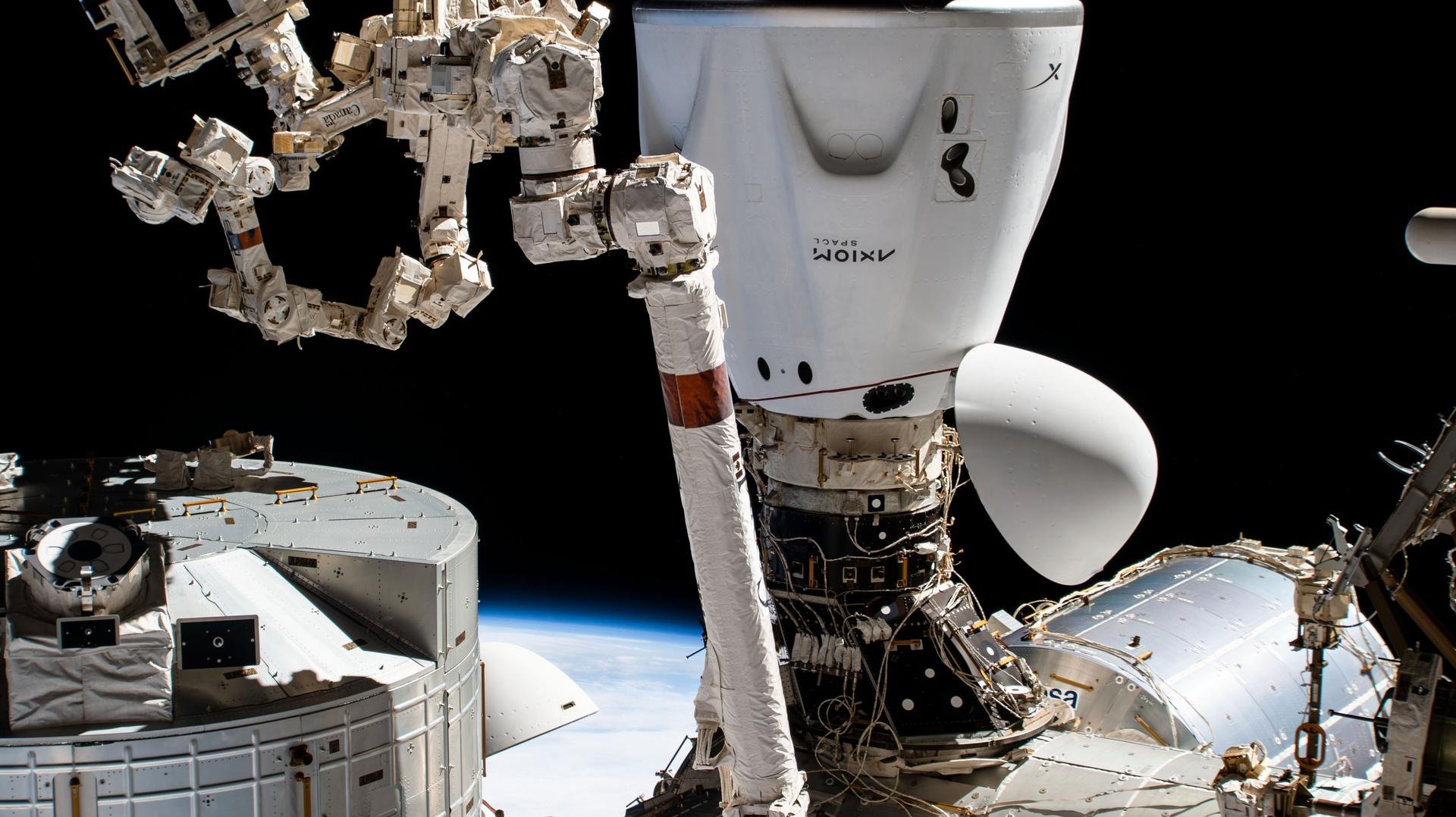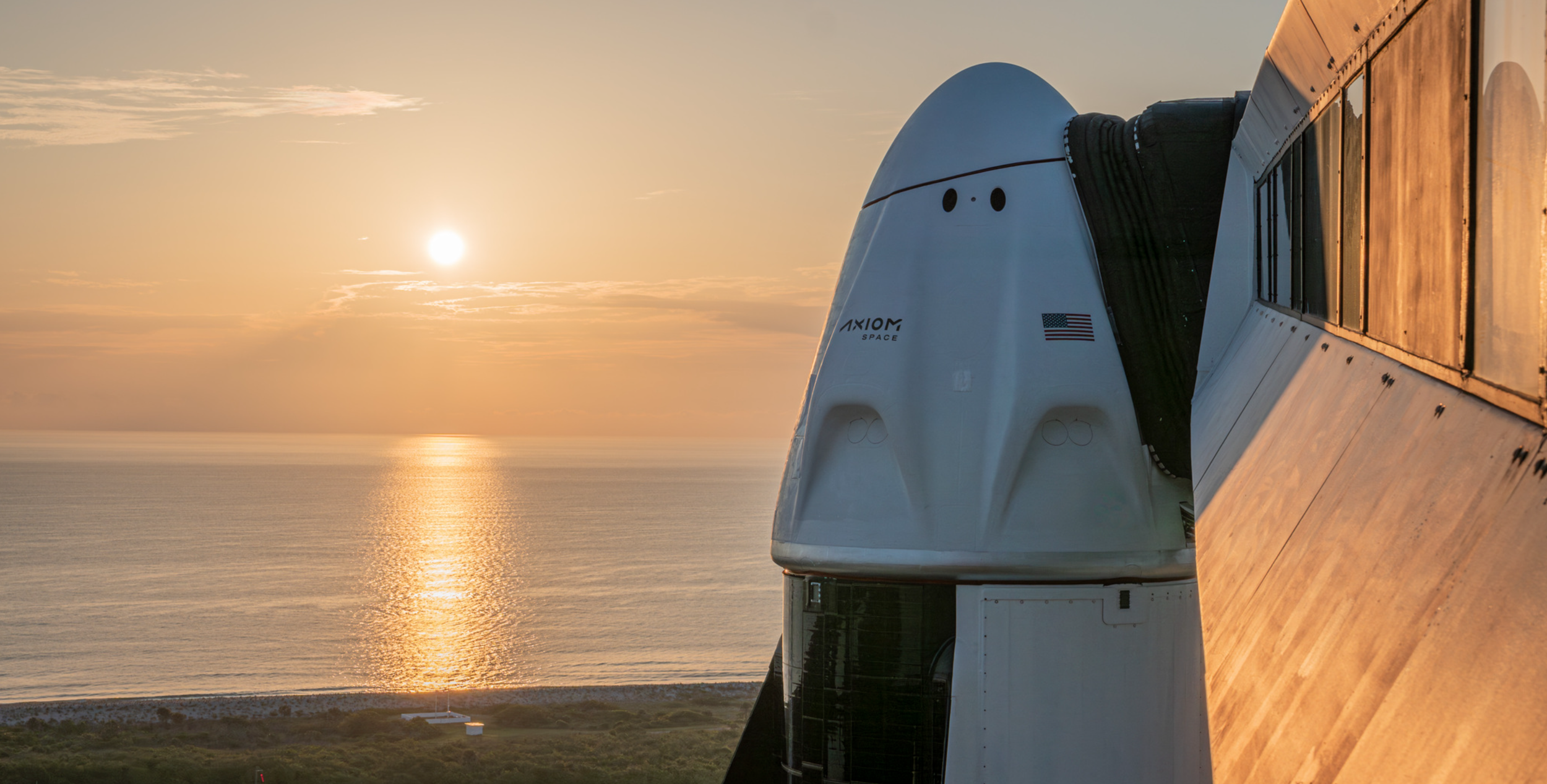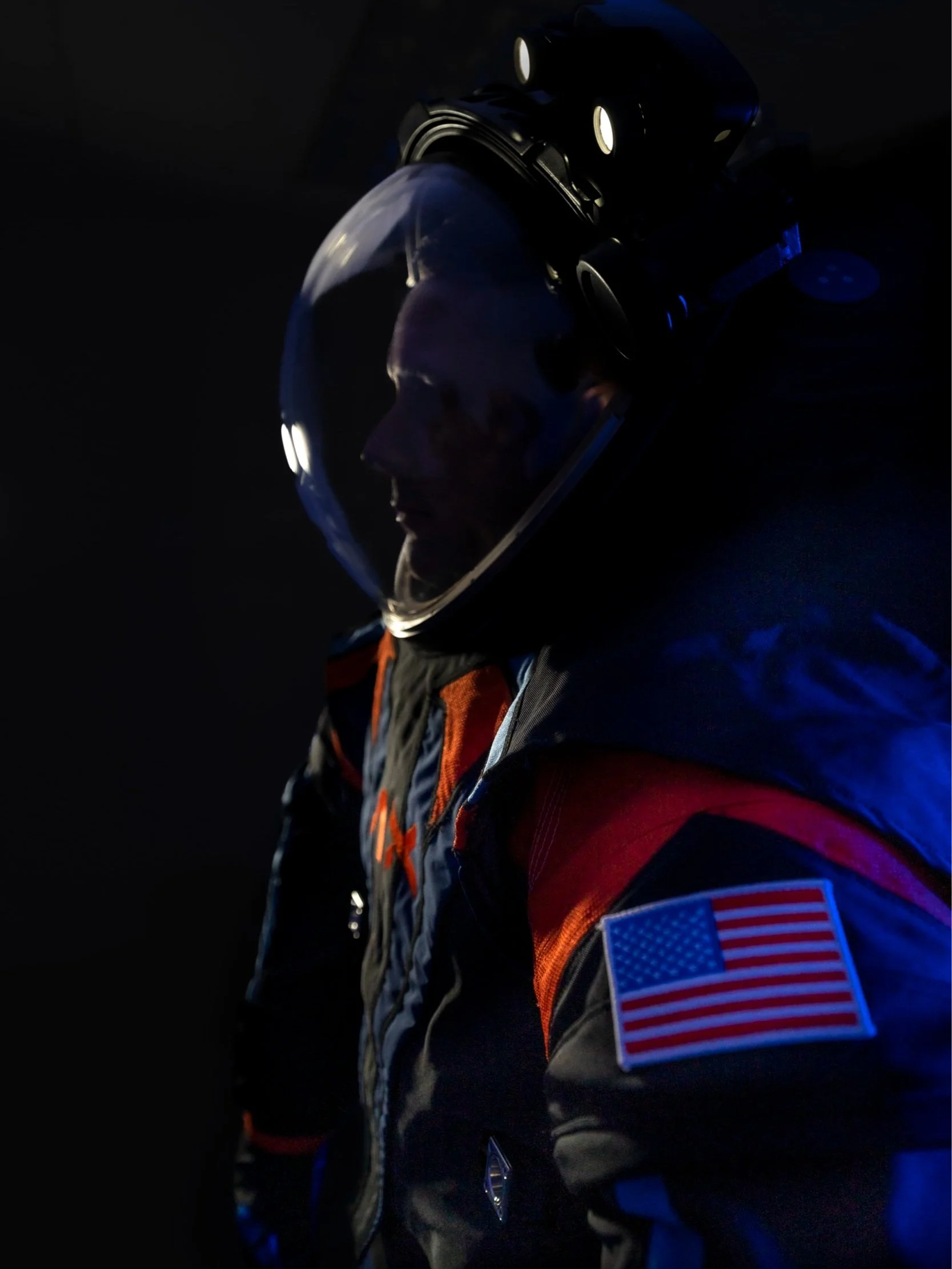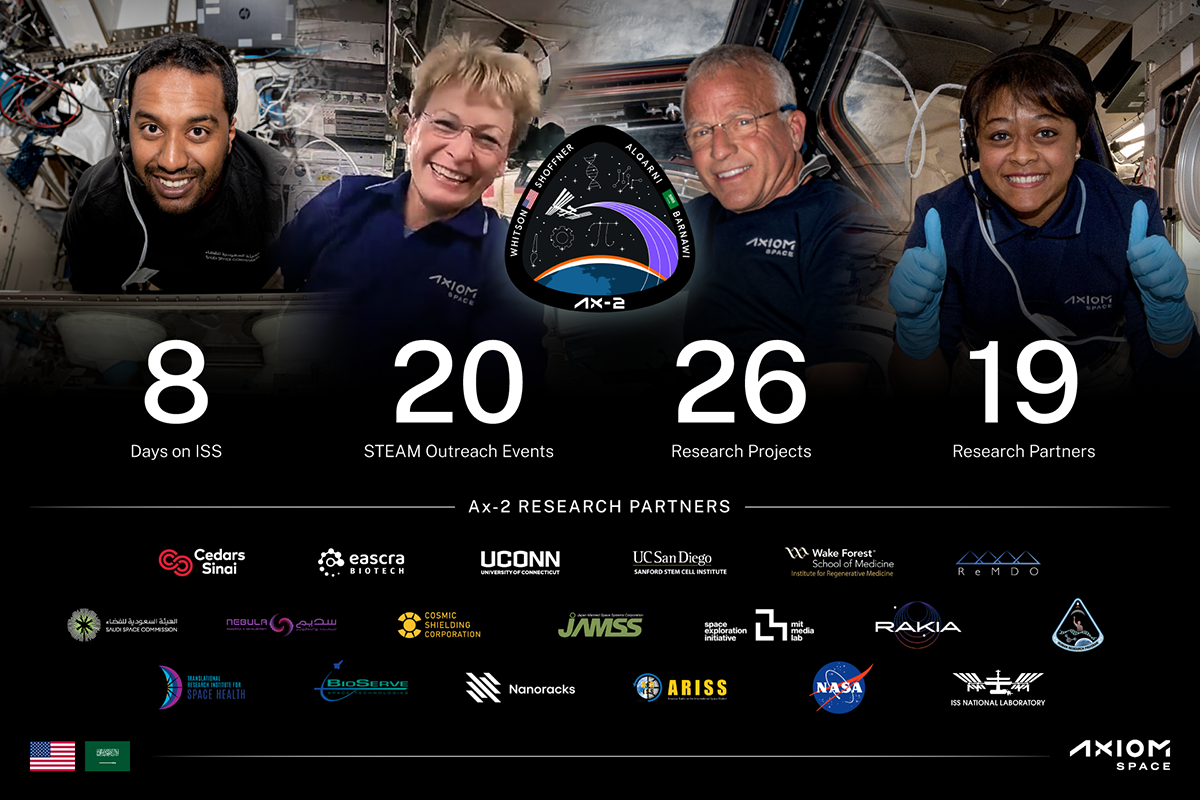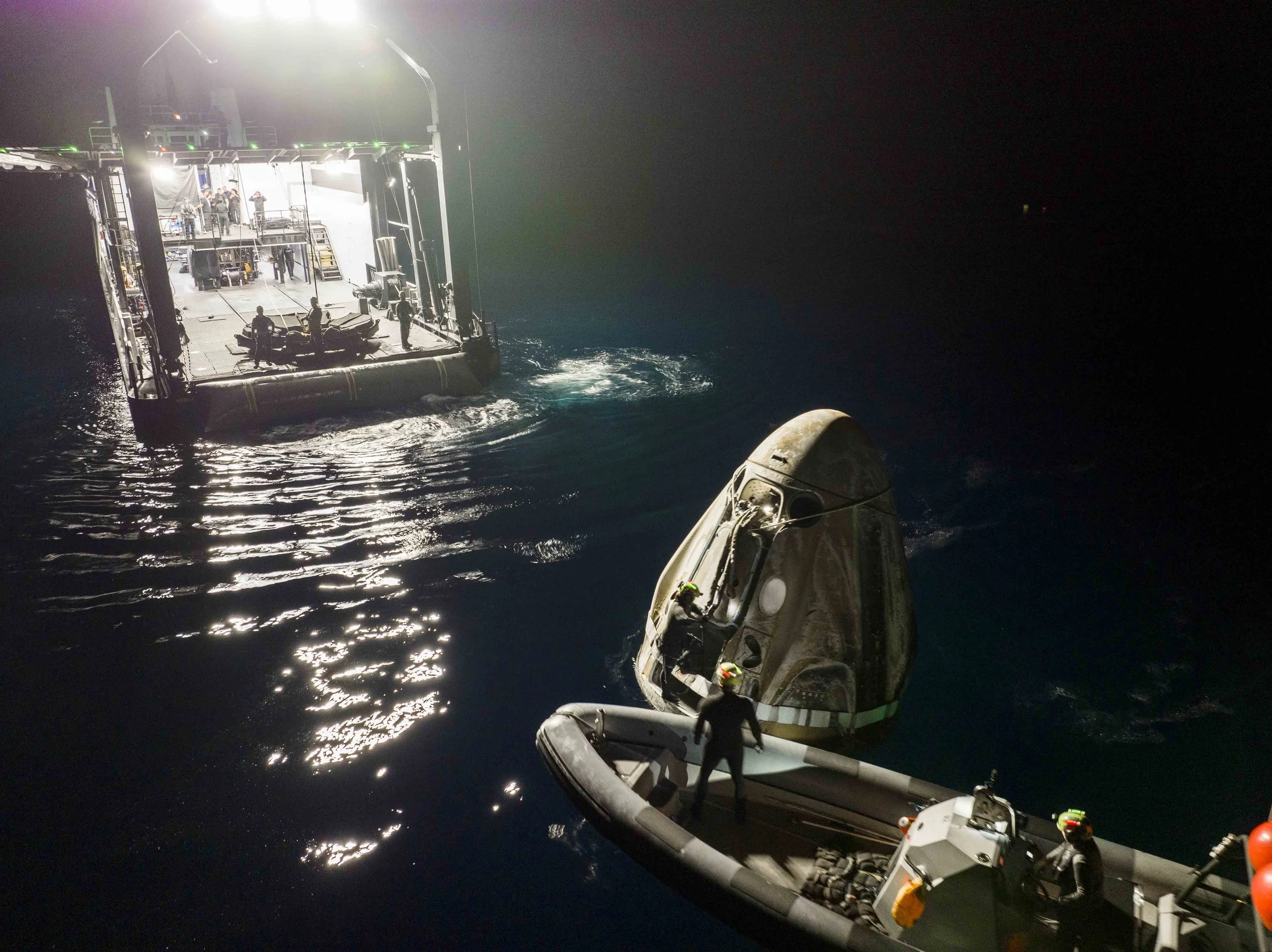HOUSTON/PARIS, Oct. 6, 2023 – Axiom Space and the European Space Agency (ESA) have entered into a Memorandum of Understanding (MOU) signed Oct. 1 in Paris to explore collaborative opportunities in human spaceflight, science, technology, and commercialization.
Credit: ESA
Michael Suffredini, CEO of Axiom Space, commented, saying, “This MOU signifies a new era in international space collaboration. Together with ESA, we aim to enhance our collective capabilities in human spaceflight, fostering scientific innovation and expanding access to space. Together, we are building a future where European astronauts regularly embark on Axiom Space missions, further developing our pioneering space communities."
The European Space Agency's Director General, Josef Aschbacher, remarked, "Our collaboration with Axiom Space represents a step forward in Europe's endeavors in space. The combination of Axiom Space’s innovative approach to spaceflight and ESA's rich history and experience will create new opportunities not only for scientific and technology advancements, but also for nurturing a sustainable commercial space ecosystem."
Key Highlights of the MOU include:
Broadened Collaboration: Both organizations have expressed the intent to foster science and technology development, potentially collaborating on Axiom Space missions to the International Space Station (ISS) and post-ISS low-Earth orbit activities.
Astronaut Missions: Axiom Space is set to support ESA's goals for institutional astronaut missions and may also assist with nationally sponsored missions for ESA Member States.
(Of note, the first ESA-sponsored commercial astronaut mission to the ISS is with Axiom Space on Axiom Mission 3 (Ax-3) in January 2024. ESA project astronaut Marcus Wandt of Sweden will be a mission specialist on the all-European crew of four, led by Axiom Space Chief Astronaut and Commander Michael López-Alegría)
Innovation in Spacesuits: Collaboration opportunities arise around the Axiom Extravehicular Mobility Unit (AxEMU) spacesuits, with possibilities for European companies to participate in various stages including training, operation, and maintenance.
Research & Development: The partnership seeks to further research projects on upcoming missions, leveraging European advancements in robotics, artificial intelligence, health, and life sciences.
Access to Axiom Station: The MOU opens doors for European missions to access the world’s first commercial space station, Axiom Station, by the end of the decade, encouraging ongoing human spaceflight opportunities, research, commercial business development to include future European cargo and crew service providers, and more.
The MOU is effective immediately and will span an initial period of three years, with options for extension based on mutual agreement.
Both organizations anticipate that this partnership will not only propel advancements in space exploration and discovery, but also foster a spirit of international cooperation and innovation within the global space community.
ABOUT AXIOM SPACE
Axiom Space is building for beyond, guided by the vision of a thriving home in space that benefits every human, everywhere. The leading provider of human spaceflight services and developer of human-rated space infrastructure, Axiom Space operates end-to-end missions to the International Space Station today while developing its successor, Axiom Station – the world’s first commercial space station in low-Earth orbit, which will sustain human growth off the planet and bring untold benefits back home. For more information about Axiom Space, visit www.axiomspace.com.










